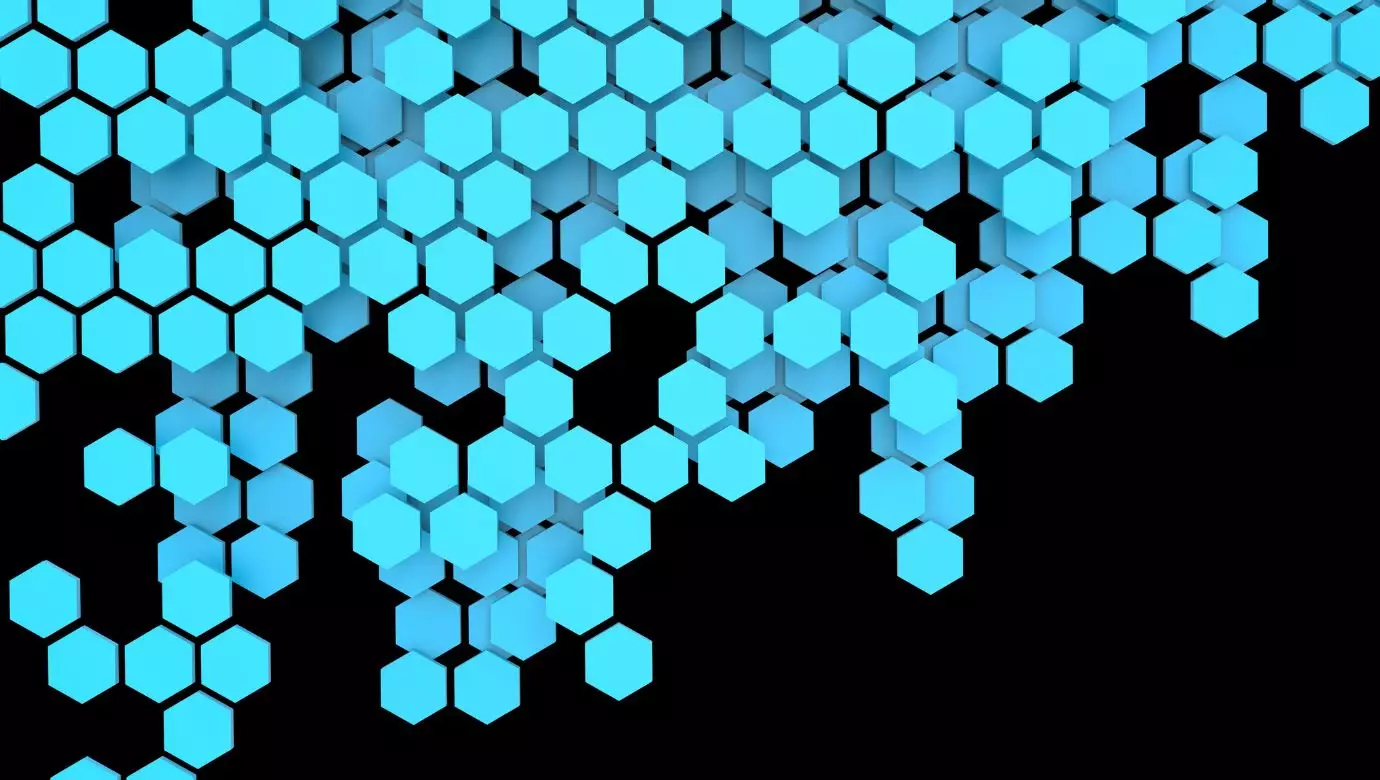Solana co-founder Anatoly Yakovenko recently shared his confidence in the ability of Solana’s blockchain to handle the increasing demand for decentralized applications (dapps) without relying on layer-2 solutions like those of Ethereum. Yakovenko argued that Solana’s design, which incorporates a hybrid consensus mechanism, allows it to scale efficiently without the need for additional layers. In his post on X, Yakovenko emphasized their goal of synchronizing a global atomic state machine as fast as the laws of physics permit. By taking this stance, Yakovenko appears to downplay the significance of layer-2 off-chain alternatives such as Arbitrum and Base.
According to Yakovenko, despite their position, Solana remains open to developers creating layer-2 solutions. However, he believes that such workarounds are unnecessary because the network can handle the growing demand without them. This differs from Ethereum’s approach, which increasingly relies on layer-2 solutions to address congestion and high transaction fees. Layer-2 options like Optimism and Arbitrum have gained popularity for their capability to offload transactions from the mainnet while maintaining compatibility with existing smart contracts. Data from L2Beat indicates that layer-2 solutions have a total value locked (TVL) of over $20 billion, with Arbitrum managing $10 billion of assets as of January 5.
While Yakovenko’s comments highlight Solana’s commitment to providing a high-performance and cost-effective environment for applications, there have been cases where the network experienced freezes, raising doubts about its reliability. To address this concern, Solana plans to upgrade its client by introducing the Firedancer, which aims to improve node reliability and performance. This upgrade demonstrates Solana’s dedication to enhancing its network’s stability while still prioritizing scalability.
On the contrary, Ethereum seems to be embracing the layer-2 approach. In a recent developer call, it was decided that Ethereum’s gas limit would not be further increased from the 30 million gwei level. This decision led analysts to believe that Ethereum’s on-chain scaling ambitions would be postponed in favor of off-chain methods, specifically through off-chain and sidechain rails.
Solana co-founder Anatoly Yakovenko’s expressed confidence in the scalability of Solana’s blockchain without the need for layer-2 solutions reflects the project’s determination to provide an efficient and reliable environment for decentralized applications. While there have been concerns about Solana’s reliability due to network freezes, the planned upgrade with Firedancer demonstrates Solana’s commitment to addressing these issues. In contrast, Ethereum’s increasing reliance on layer-2 solutions as seen in their developer call shows their shift towards off-chain scalability methods. Both approaches have their advantages and disadvantages, and as the demand for decentralized applications continues to grow, it remains to be seen which solution will ultimately prevail in the blockchain ecosystem.


Leave a Reply